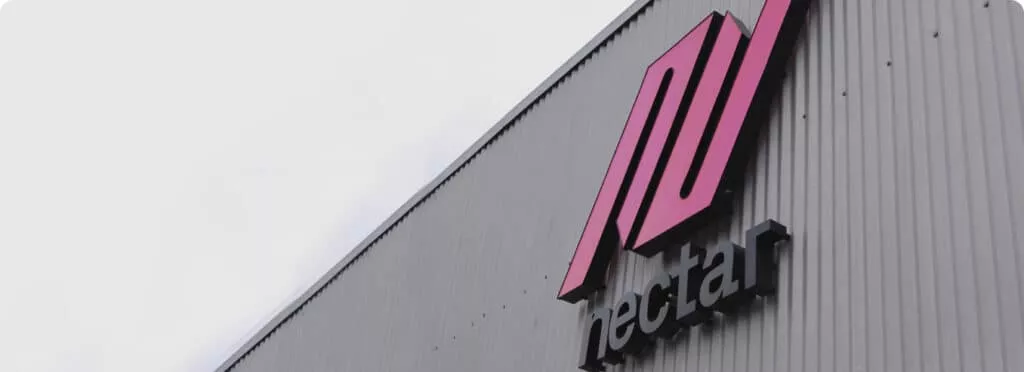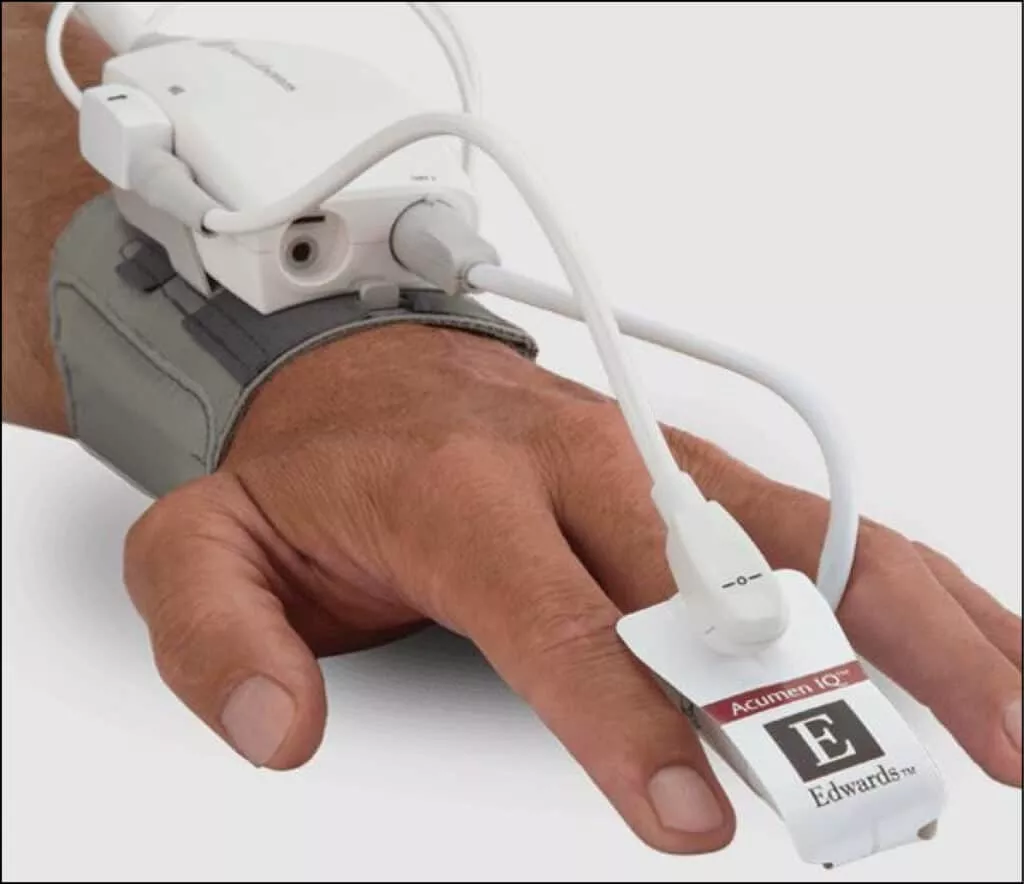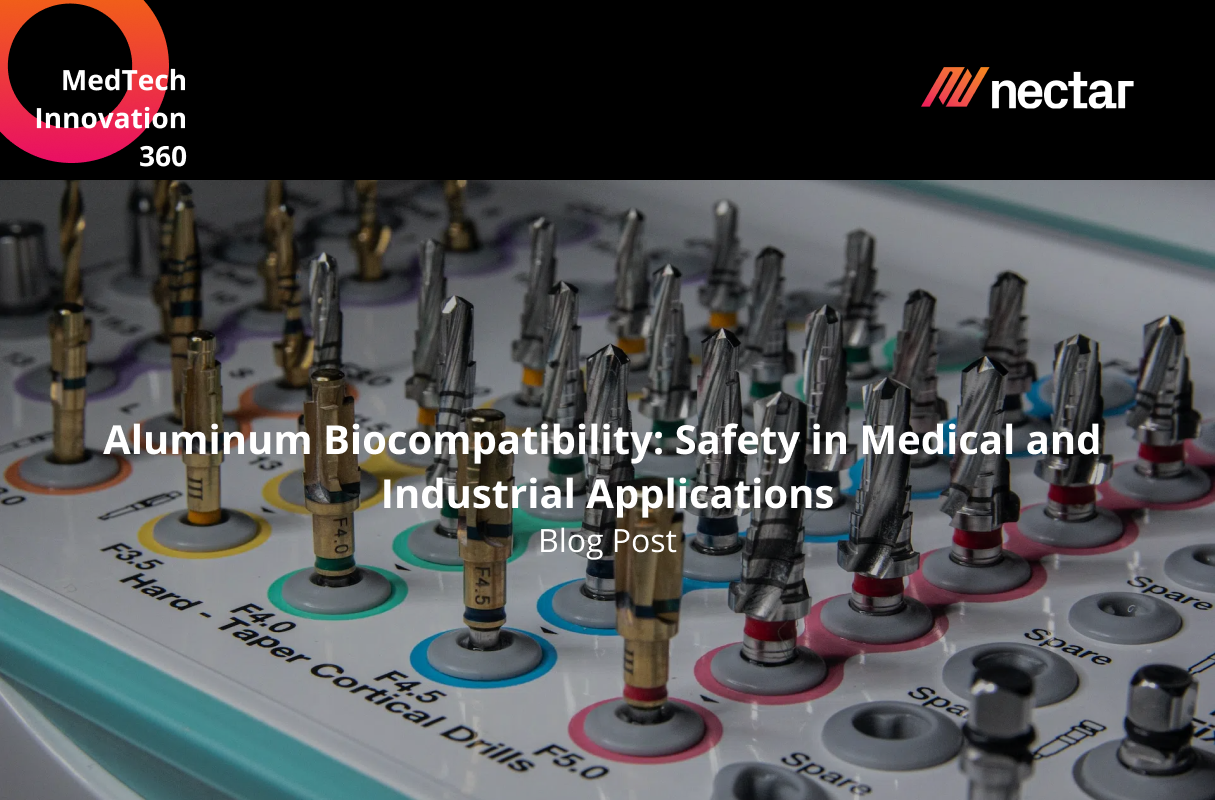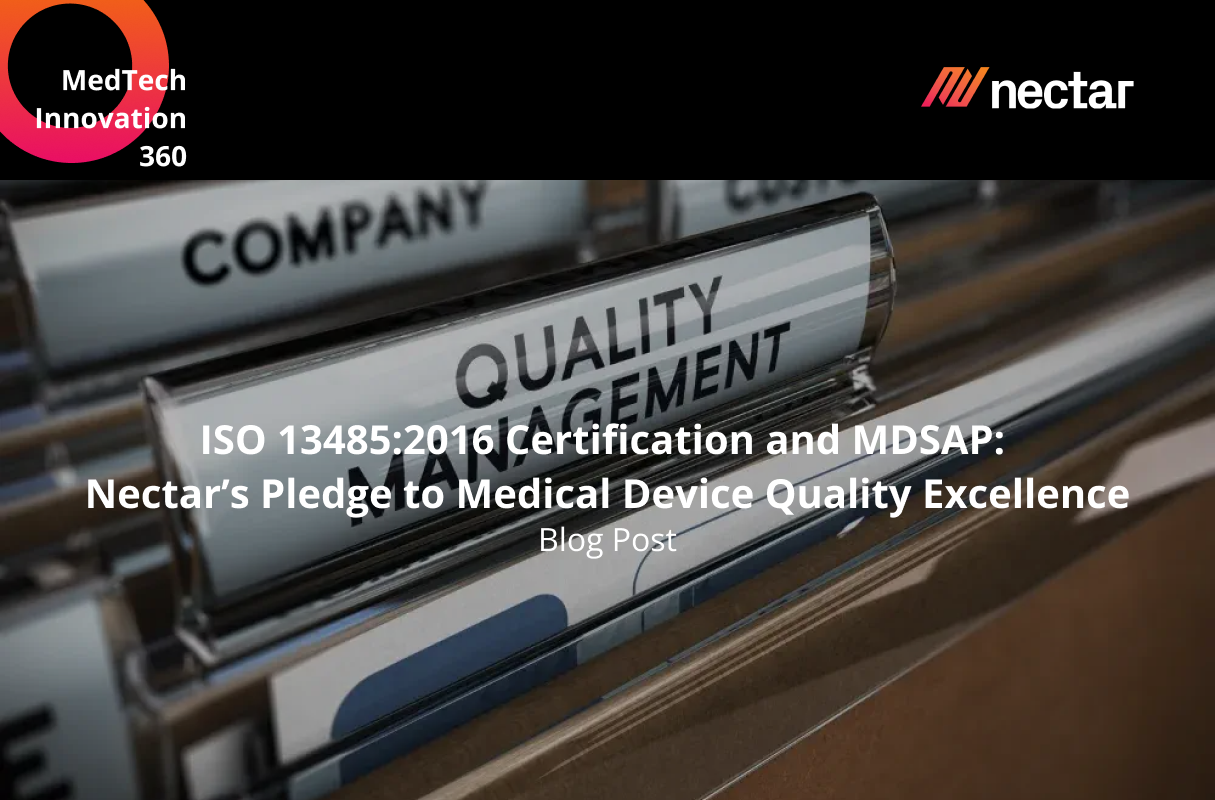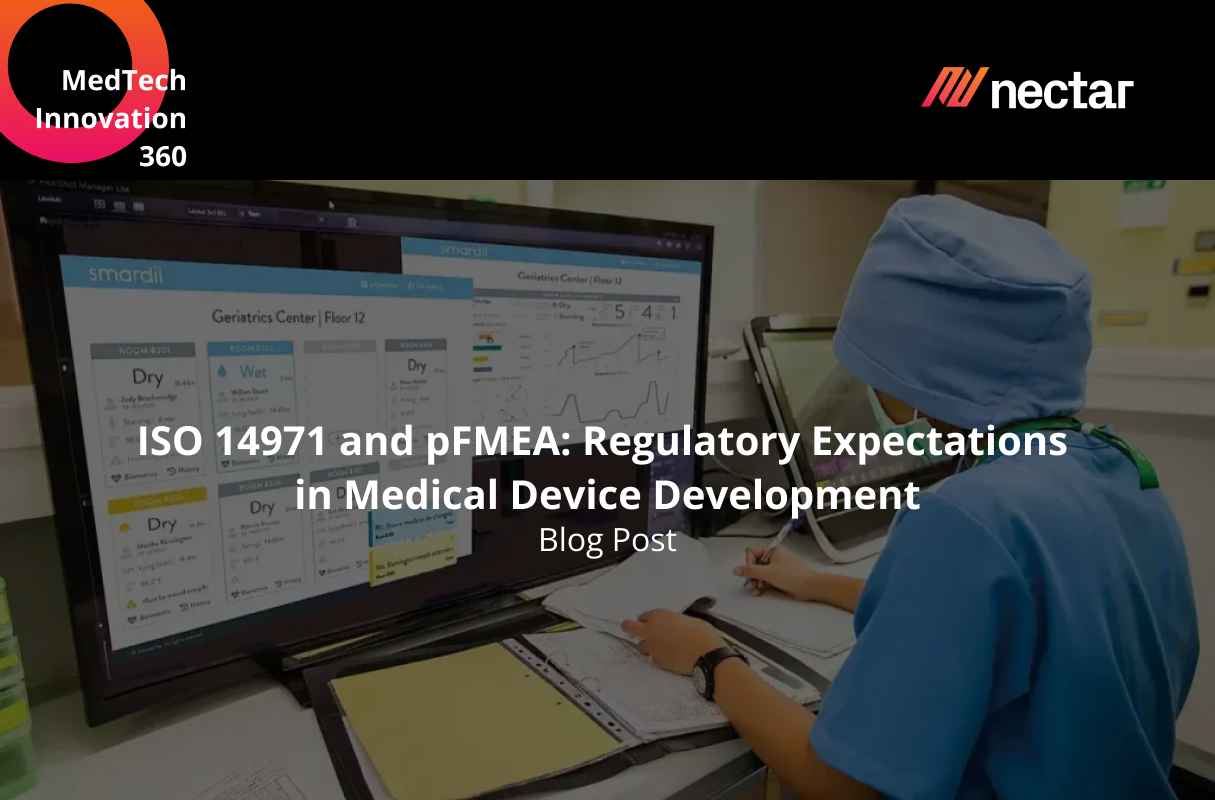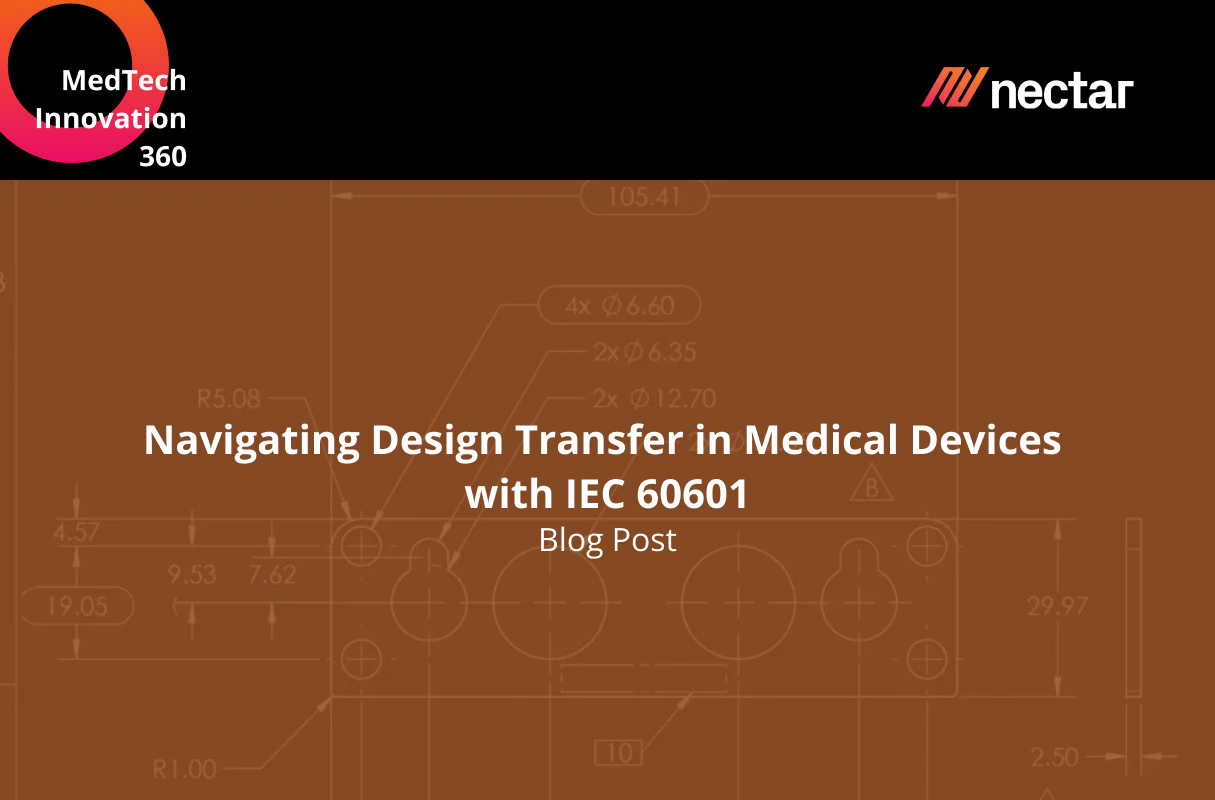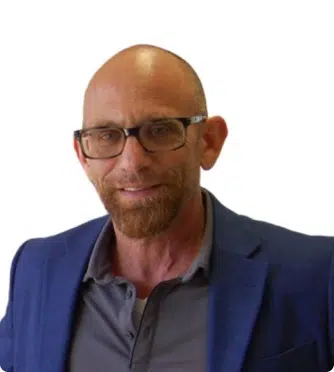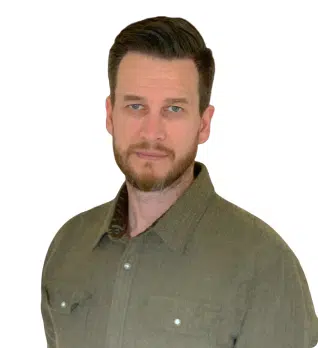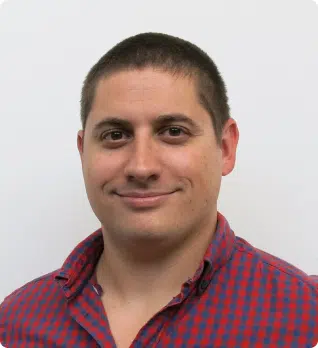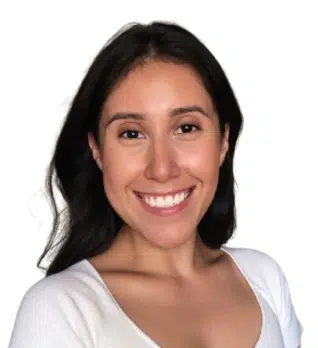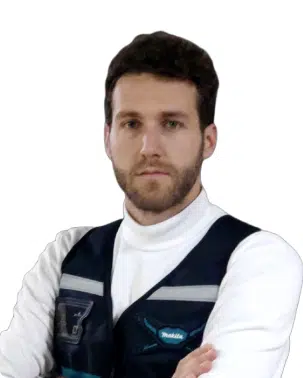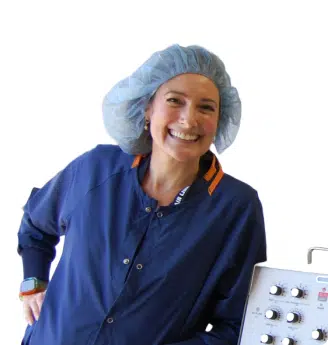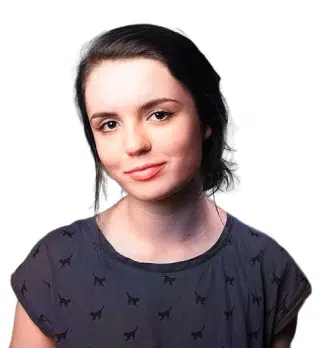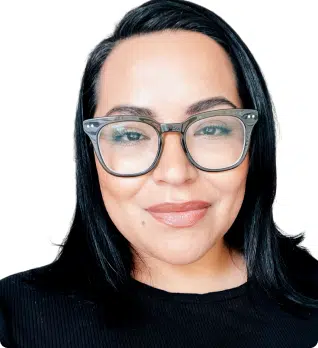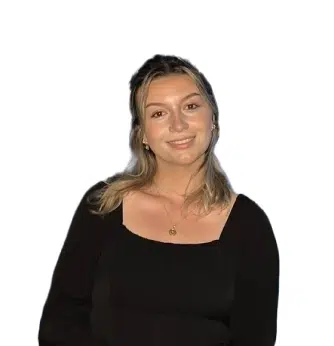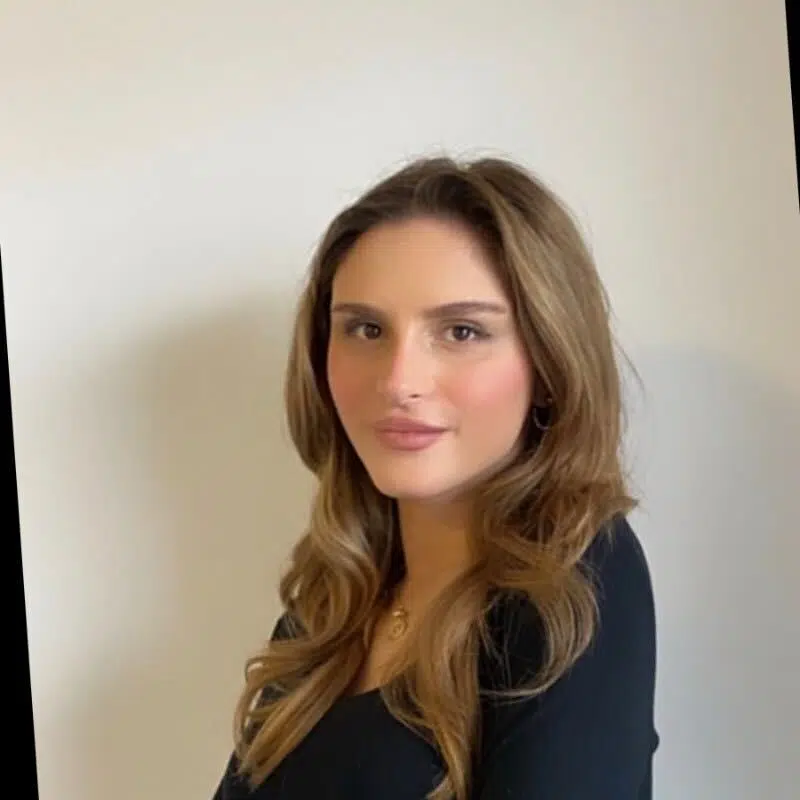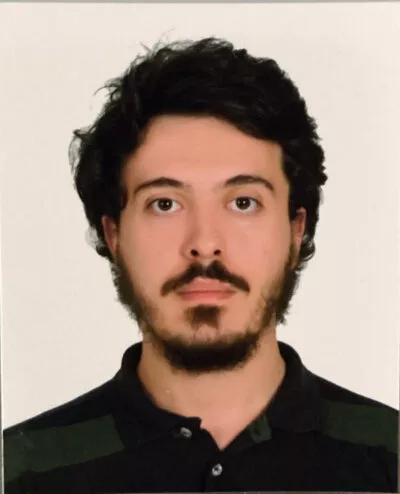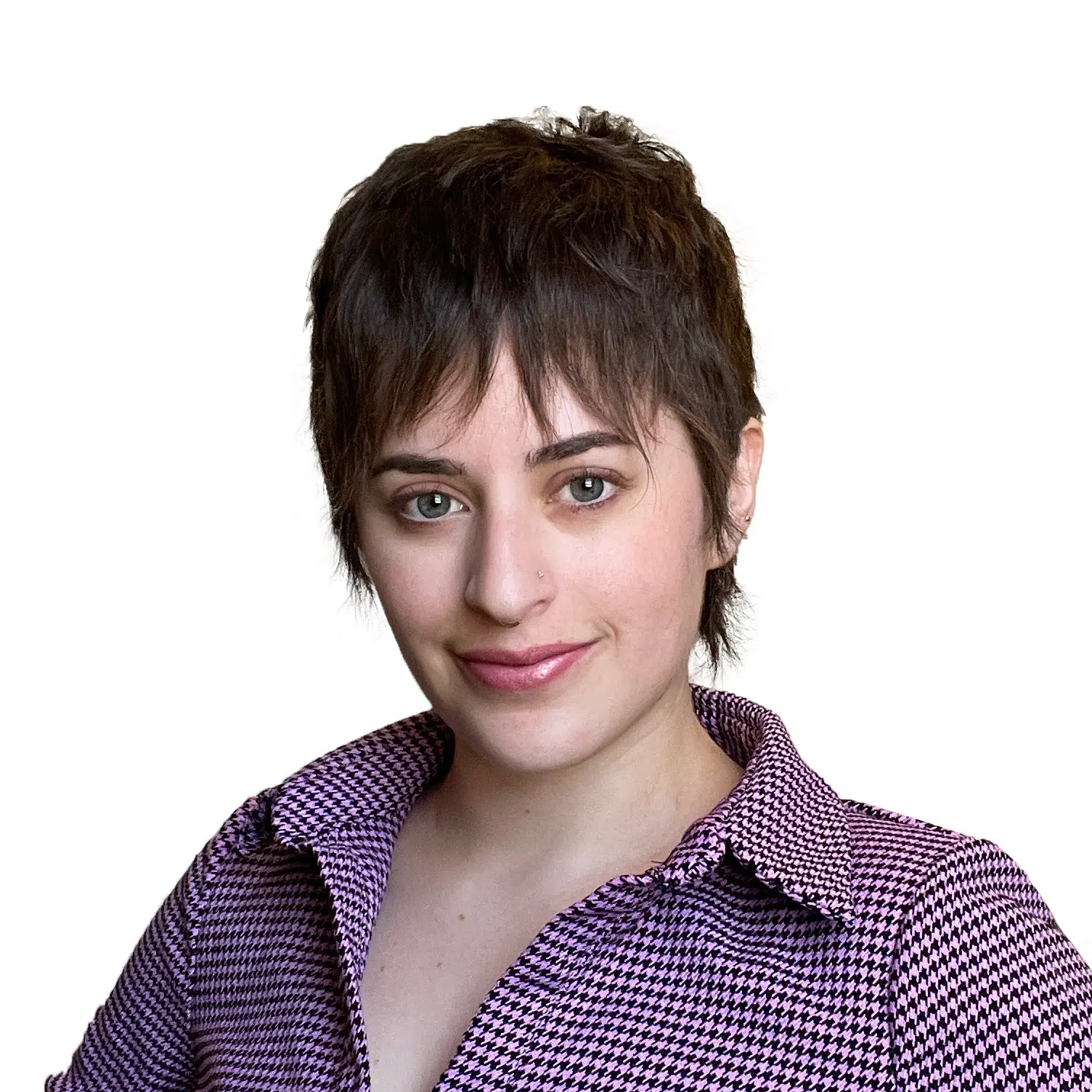Introduction to Biocompatibility of Medical Devices
Biocompatibility is a critical aspect of medical device development.In the realm of medical device design and development, understanding the interaction between these devices and the human body is critical. Ensuring the safety and effectiveness of medical devices is paramount, with biocompatibility playing a pivotal role. Recent medical device developments in risk assessment, nanomaterials, degradation, sterilization, and toxicological screening have revolutionized the evaluation of biocompatibility in developing medical devices. This article delves into the essential facets of biocompatibility assessment, the latest standards updates, and the integration of new approach methodologies (NAMs) in the evolution of medical technology.
Understanding Biocompatibility
1.1 Categorization of Device Contact
When designing medical devices, categorizing the device according to its intended use and contact nature with the human body is essential. Devices are classified as surface devices, external communicating devices, implant devices, or materials for use in medical devices. The design of medical devices takes into account specific biocompatibility considerations for each category, focusing on the contact degree and potential exposure.
1.2 Duration and Frequency of Contact
The duration and frequency of contact are critical elements in the biocompatibility assessment during medical device product development. Devices intended for long-term implantation are subject to more stringent testing compared to those used for short-term or occasional contact. Medical product development protocols are tailored based on the intended duration and frequency of device usage, ensuring safety and compatibility.
1.3 Intended Population
Biocompatibility assessments in medical device design and development also take into account the intended patient population. Medical devices used in pediatric, geriatric, or immunocompromised groups often undergo more rigorous testing due to the diverse sensitivities and responses to materials, which is a key consideration in developing medical devices.
Chemical Characterization
2.1 Nature of Contact
In medical device product development, the nature of contact between the device and the human body is a crucial consideration for biocompatibility. Determining whether the device has direct or indirect contact with bodily fluids, tissues, or systemic circulation is vital in assessing the potential risks associated with leachables and extractables during the medical product development process.
2.2 Chemical Characterization
Chemical characterization is a fundamental step in assessing biocompatibility for a medical device design company. It involves identifying and quantifying the materials and chemicals used in the device. Medical device design engineering utilizes advanced analytical techniques and equipment to detect any potentially toxic or harmful substances.
Risk Assessment
3.1 ADME (Absorption, Distribution, Metabolism, Excretion)
The ADME properties of materials used in medical devices are essential for biocompatibility assessment in medical device design and development. Understanding how these materials are absorbed, distributed, metabolized, and excreted by the body is crucial in determining their potential risks and effects, which is a central concern in the ongoing medical device developments.
3.2 CMR/ED Assessment
In the realm of medical device design and development, assessing the potential for carcinogenic, mutagenic, or reprotoxic (CMR) and endocrine-disrupting (ED) effects is a cornerstone of risk assessment. Devices with materials that exhibit these hazardous properties may pose significant health risks, necessitating meticulous evaluation in line with the latest medical device developments.
Toxicological Screening
4.1 Update of ISO 10993-17:2023
The ISO 10993 series, a cornerstone in medical device design and development, offers guidelines for evaluating the biocompatibility of medical devices. In 2023, adherence to these standards, including the critical ISO 13485, remains a key focus for those developing medical devices. ISO 10993-17. The ISO 10993 series, pivotal in medical device design and development, was updated to address the assessment of potential toxicological hazards. This revision provides comprehensive guidance on CMR and ED properties, thereby enhancing the safety evaluation of medical devices in line with ISO 13485 requirements.
4.2 Toxicological Screening Limit (TSL)
New Approach Methodologies (NAMs), such as in silico modeling, in vitro testing, and high-throughput screening, have minimized the reliance on animal testing and expedited the evaluation process. NAMs are now a cornerstone in the development of medical devices, ensuring accuracy and efficiency in biocompatibility assessment. Calculating the margin of safety (MOS) is an essential process in the biocompatibility assessment within medical device design and development. MOS, the ratio of the TSL or TCL to the actual exposure level, offers a measure of safety. A higher MOS indicates a larger safety margin, reinforcing the confidence in the biocompatibility of medical device developments.
In the sphere of developing medical devices, the toxicological screening limit (TSL) is a critical parameter in biocompatibility assessment. It signifies the maximum allowable exposure to potentially toxic substances, making the determination of TSL for each material a fundamental aspect of medical device design and development for risk mitigation.
Deriving Tolerable Intake (TI) and Tolerable Contact Levels (TCL)
5.1 Deriving Tolerable Intake (TI)
Deriving Tolerable Contact Levels (TCL) is another crucial step in medical device design and development. TCL represents the allowable contact levels for materials and takes into account factors such as the nature and duration of contact, as well as the intended population. By considering TCL alongside TI, developers can ensure the safety and biocompatibility of medical devices for their intended users.
Calculating the Margin of Safety (MOS) is an essential process in the biocompatibility assessment of medical devices. MOS, which is the ratio of the TSL or TCL to the actual exposure level, provides a measure of safety. A higher MOS indicates a larger safety margin, instilling confidence in the biocompatibility of medical device developments.
The adoption of New Approach Methodologies (NAMs) has revolutionized the field of medical device design and development. These innovative techniques, including in silico modeling, in vitro testing, and high-throughput screening, have minimized the reliance on animal testing and expedited the evaluation process. NAMs are now a cornerstone in the development of medical devices, ensuring accuracy and efficiency in biocompatibility assessment.
5.2 Tolerable Contact Levels (TCL)
Deriving Tolerable Contact Levels (TCL) is another crucial step in medical device design and development. TCL represents the allowable contact levels for materials and takes into account factors such as the nature and duration of contact, as well as the intended population. By considering TCL alongside TI, developers can ensure the safety and biocompatibility of medical devices for their intended users.
Calculating the Margin of Safety (MOS) is an essential process in the biocompatibility assessment of medical devices. MOS, which is the ratio of the TSL or TCL to the actual exposure level, provides a measure of safety. A higher MOS indicates a larger safety margin, instilling confidence in the biocompatibility of medical device developments.
The adoption of New Approach Methodologies (NAMs) has revolutionized the field of medical device design and development. These innovative techniques, including in silico modeling, in vitro testing, and high-throughput screening, have minimized the reliance on animal testing and expedited the evaluation process. NAMs are now a cornerstone in the development of medical devices, ensuring accuracy and efficiency in biocompatibility assessment.
Calculating Margin of Safety (MOS)
Calculating the margin of safety (MOS) is an essential process in the biocompatibility assessment within medical device design and development. MOS, the ratio of the TSL or TCL to the actual exposure level, offers a measure of safety. A higher MOS indicates a larger safety margin, reinforcing the confidence in the biocompatibility of medical device developments.
New Approach Methodologies (NAMs)
The field of medical device design and development has been revolutionized by advancements in biocompatibility assessment, particularly through the adoption of new approach methodologies (NAMs). These cutting-edge techniques, integral to developing medical devices, minimize the reliance on animal testing and expedite the evaluation process. NAMs, which include in silico modeling, in vitro testing, and high-throughput screening, are becoming a cornerstone in medical device developments.
Conclusion
Biocompatibility assessment is a critical component in the medical device design and development process, involving a comprehensive analysis that takes into account factors like device categorization, nature of contact, and the duration and frequency of use. With the recent update of ISO 10993-17:2023 and the implementation of NAMs, the process has been refined to enhance accuracy and efficiency in medical device developments.
As the sector progresses, the commitment to the safety and biocompatibility of these devices is paramount, offering significant benefits to patients and healthcare providers. By upholding stringent biocompatibility standards and adopting innovative medical technology testing methods, the industry is poised to further elevate patient care and the advancement of medical devices.
